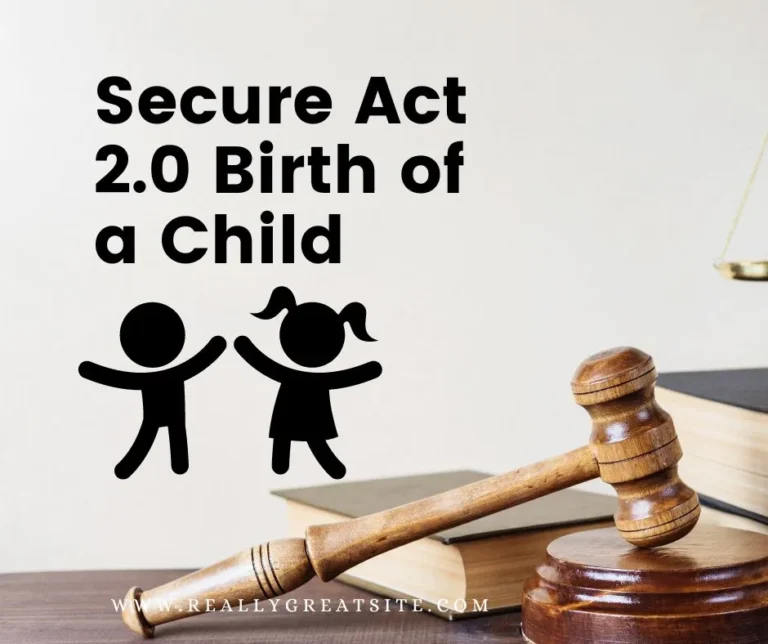How to Protect Child from Inappropriate Internet Content: Smart Safeguards
The internet is an excellent tool for education, entertainment, and communication, but it can also expose children to harmful and inappropriate content. As a guardian, being proactive in safeguarding your child’s online experience is crucial. You can protect your child by taking the necessary steps while allowing them to explore the digital world safely.
This guide will dwell on practical strategies to shield your child from inappropriate internet content. From setting up parental controls to educating them about cyberbullying, these tips will help you create a secure online environment for your child.
Summary Table: top 10 Tips to Protect Your Child Online
| Tips Title | Value |
|---|---|
| Talk Openly About Internet Safety | Educate your child about risks and safe online behavior. |
| Set Clear Rules | Establish rules for internet use, such as no sharing personal information. |
| Use Parental Controls | Block harmful websites and limit screen time. |
| Supervise Online Activity | Regularly check browser history and monitor online behavior. |
| Teach Safe Browsing Habits | Encourage the use of child-friendly search engines and trusted websites. |
| Use Kid-Friendly Apps and Websites | Direct your child to safe, educational platforms like ABCmouse. |
| Educate About Cyberbullying | Inform your child about cyberbullying and how to report it. |
| Encourage Open Communication | Keep communication lines open for your child to share their online experiences. |
| Keep Devices in Common Areas | Place devices where you can easily monitor their use. |
| Update Privacy Settings | Ensure devices have the highest level of privacy settings enabled. |
How to Protect Children from Inappropriate Internet Content?
1. Talk Openly About Internet Safety
Begin by having an open and honest conversation with your child about internet safety. Explain the potential dangers of the online world, such as inappropriate content, cyberbullying, and the risks of sharing personal information. Ensure your child understands the importance of these discussions and feels comfortable coming to you with any concerns.
2. Set Clear Rules
Setting clear and consistent rules for internet use is vital. These rules should outline what is acceptable and what is not. For example, you might set guidelines such as:
- No sharing personal information like full names, addresses, or phone numbers.
- No chatting with strangers online.
- Only visit approved websites.
- Asking for permission before downloading any apps or files.
3. Use Parental Controls
Parental controls are essential for limiting your child’schild’sre to inappropriate content. These controls can block specific websites, restrict app usage, and set screen time limits. Various types of parental controls include:
- Web Filters: Block access to websites containing explicit or harmful content.
- Screen Time Limits: Control the amount of time your child spends online daily.
- App Restrictions: Prevent your child from accessing certain apps that may not be age-appropriate.
4. Supervise Online Activity
Regular supervision of your child’s activity is crucial. Periodically check their browser history to ensure they are following the established rules. Be aware of the websites they visit and the people they interact with online.
5. Teach Safe Browsing Habits
Equip your child with safe browsing habits to minimize exposure to inappropriate content. This includes:
- Using child-friendly search engines like Kiddle or KidRex.
- Sticking to trusted websites that you have pre-approved.
- Never share passwords or personal information with anyone online.
6. Use Kid-Friendly Apps and Websites
Direct your child towards apps and websites specifically designed for their age group. These platforms often provide a safe environment with educational content. Examples include:
- ABCmouse: An educational app focused on early learning.
- Khan Academy Kids: A free app offering a variety of learning activities for children.
- Duolingo Kids: A fun and interactive language-learning app for kids.
7. Educate About Cyberbullying
Cyberbullying can have a significant emotional impact on children. Educate your child about cyberbullying and encourage them to report any incidents to you immediately. Signs of cyberbullying may include:
- Sadness or anxiety after being online.
- Avoiding the internet or specific apps.
- Sudden changes in behavior, such as withdrawal or irritability.
8. Encourage Open Communication
Let your child know they can always talk to you about their online experiences, whether good or bad. Foster an environment of trust where your child feels comfortable sharing any concerns or uncomfortable situations they encounter online.
9. Keep Devices in Common Areas
Place computers, tablets, and other devices in common areas of the house, such as the living room or kitchen. This setup allows you to monitor your child’s activities and quickly intervene.
10. Update Privacy Settings
Ensure that your child’s privacy settings are set to the highest level of security. Regularly review these settings to keep up with updates or changes that may affect your child’s safety.
Protecting your child from inappropriate internet content is a continuous process that requires vigilance and communication. By implementing these strategies, you can help ensure your child enjoys a safe and positive online experience. Stay involved in your child’s life; engagement is vital to their online safety.

